3D Pelvic Correction and Restoration System
- Pelvic Correction: Activates muscles, enhances stability.
- Pelvic Floor Muscle Training: Improves contraction strength and proprioception.
- Rectus Abdominis Repair: Restores muscle elasticity.
- Posture Correction: Improves poor posture.
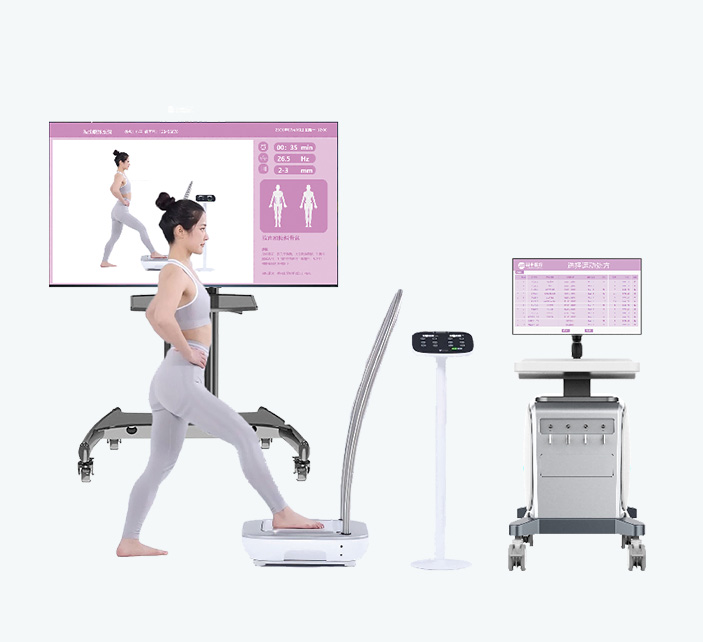
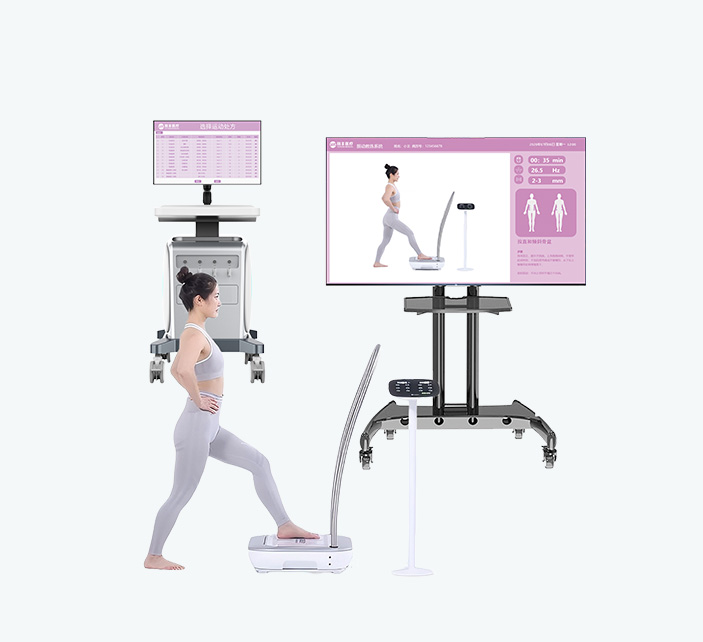
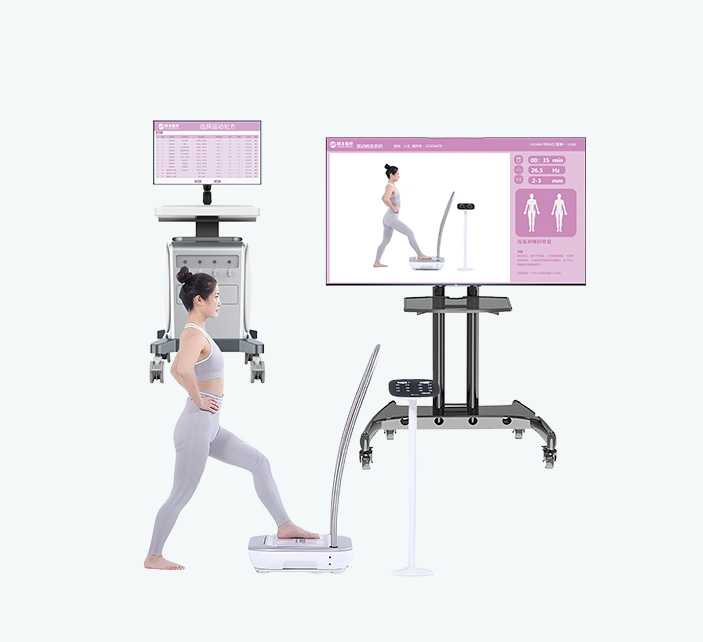
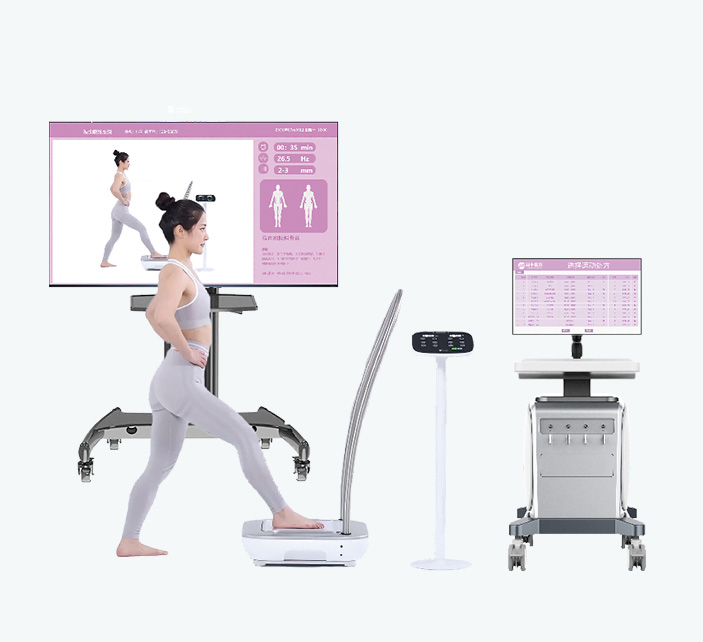
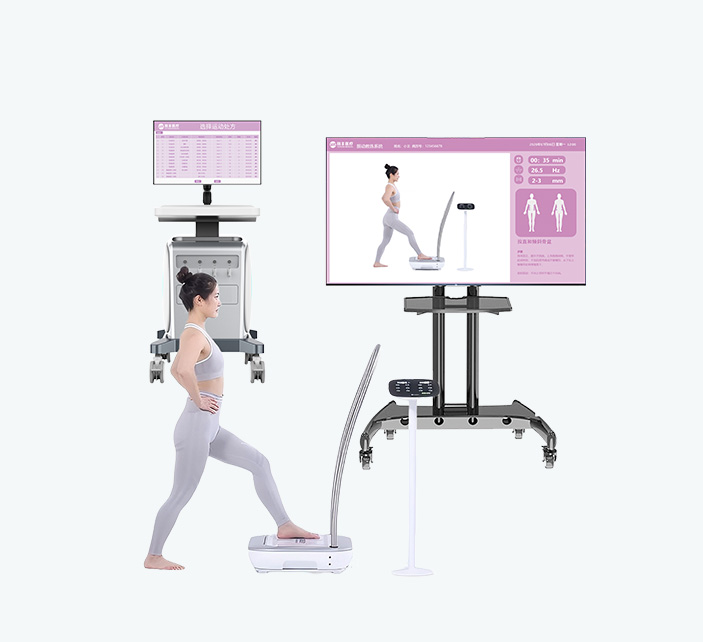





Product Introduction
Utilizing interdisciplinary approaches, targeted rehabilitation interventions are conducted for physiological changes post-pregnancy in women.
Product Features

User Management
Information entry and file creation, assessment and setting exercise prescriptions.

Assessment Tests
Quick evaluation of pelvic and pelvic floor muscle issues.

Prescription Selection
Choose from or add to the library, adjust parameters as needed.

User Training
Multi-dimensional guidance for standard training.
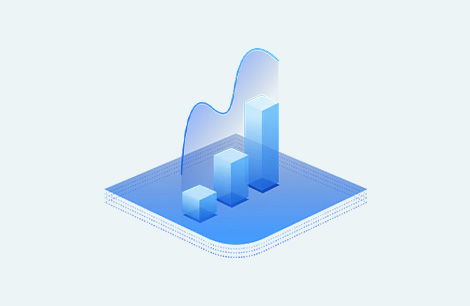
Report Printing
Able to print current and historical reports.

Product Advantages
-
Pelvic Correction:
Activates muscles, enhances stability.
-
Pelvic Floor Muscle Training:
Improves contraction strength and proprioception.
-
Rectus Abdominis Repair:
Restores muscle elasticity.
-
Posture Correction:
Improves poor posture.
Training Program
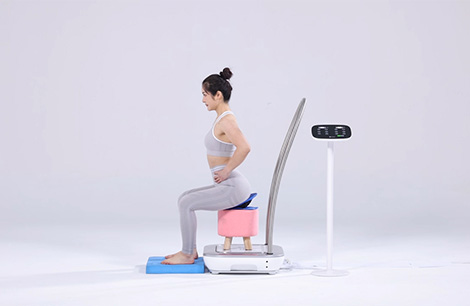
Posterior Pelvic Tilt (Sitting Pelvic Anterior Tilt)
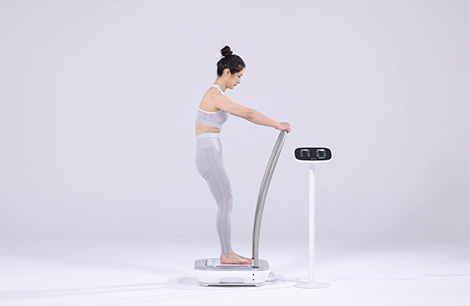
Anterior pelvic tilt (posterior tilt of the pelvis in standing posture)

Pelvic Tilt (Sitting Pelvic Tilt to the Left (Pelvic Bowl))
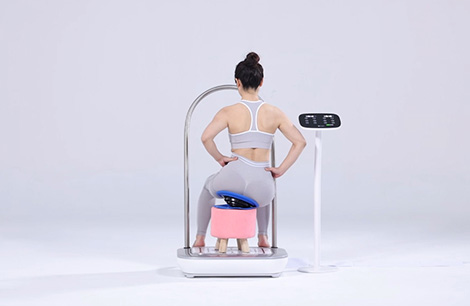
Pelvic Tilt (Sitting with a right pelvic tilt (pelvic bowl)
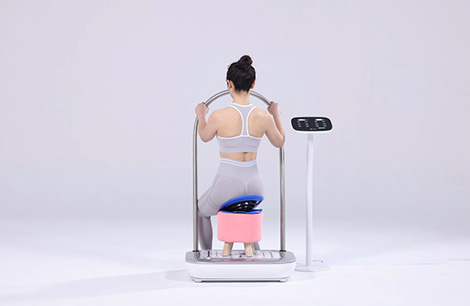
Right Pelvic Rotation
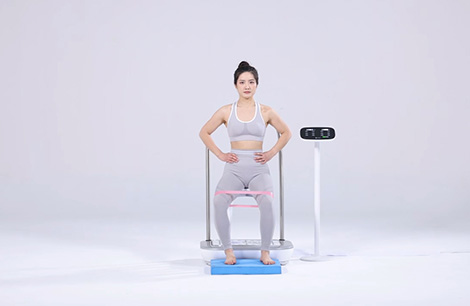
Sacral Adduction (sitting with right lower limb abducted)
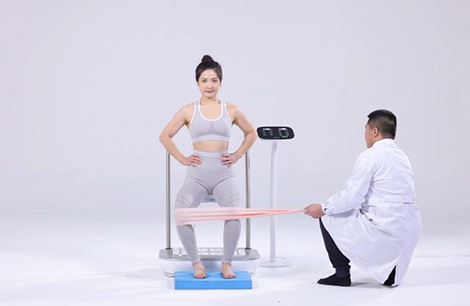
Adduction of the Ilium (sitting with the right lower limb abducted)
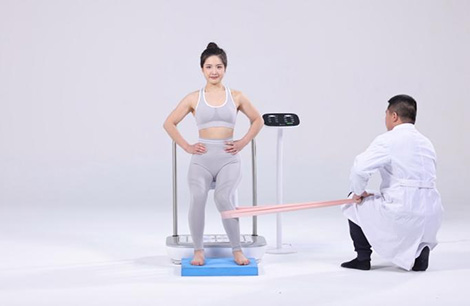
Iliac Bone Abduction (sitting with the left lower limb adducted)
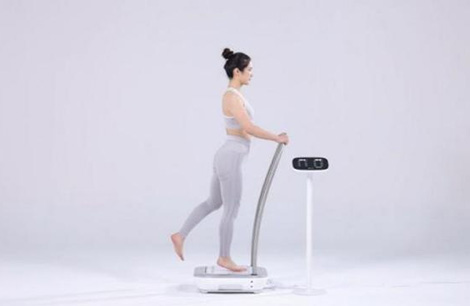
Anterior Pelvic Tilt (Standing Calf Raise)

Posterior Pelvic Tilt (lower limb extension while standing)

Left Lateral Flexion of the Sacrum
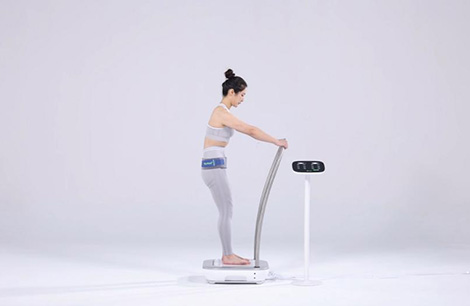
Symphysis Pubis Dysfunction (posterior pelvic tilt in standing position)
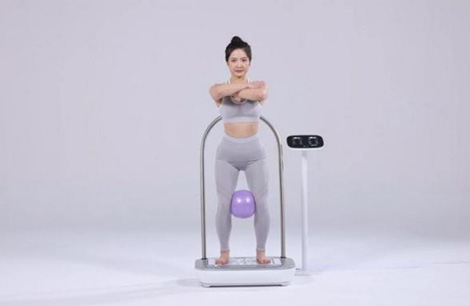
Pelvic Floor Muscle Weakness
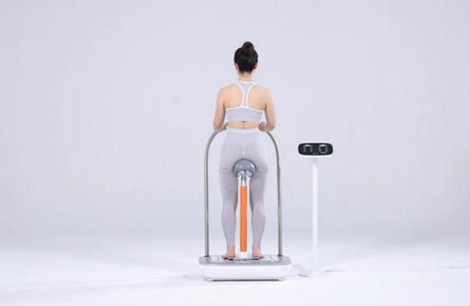
Pelvic Floor Muscle Hypertonicity (vibration column)
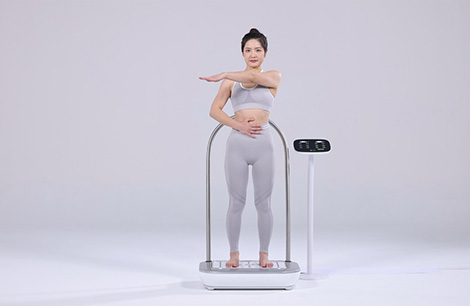
Rectus Abdominis Separation
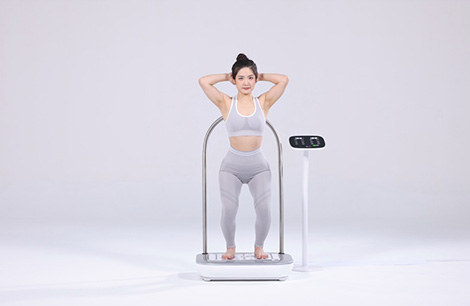
Round Shoulders and Hunched Back (arms abducted)
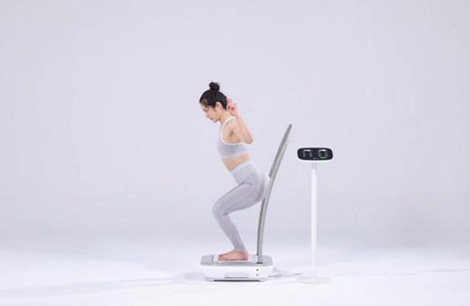
Poor Posture

